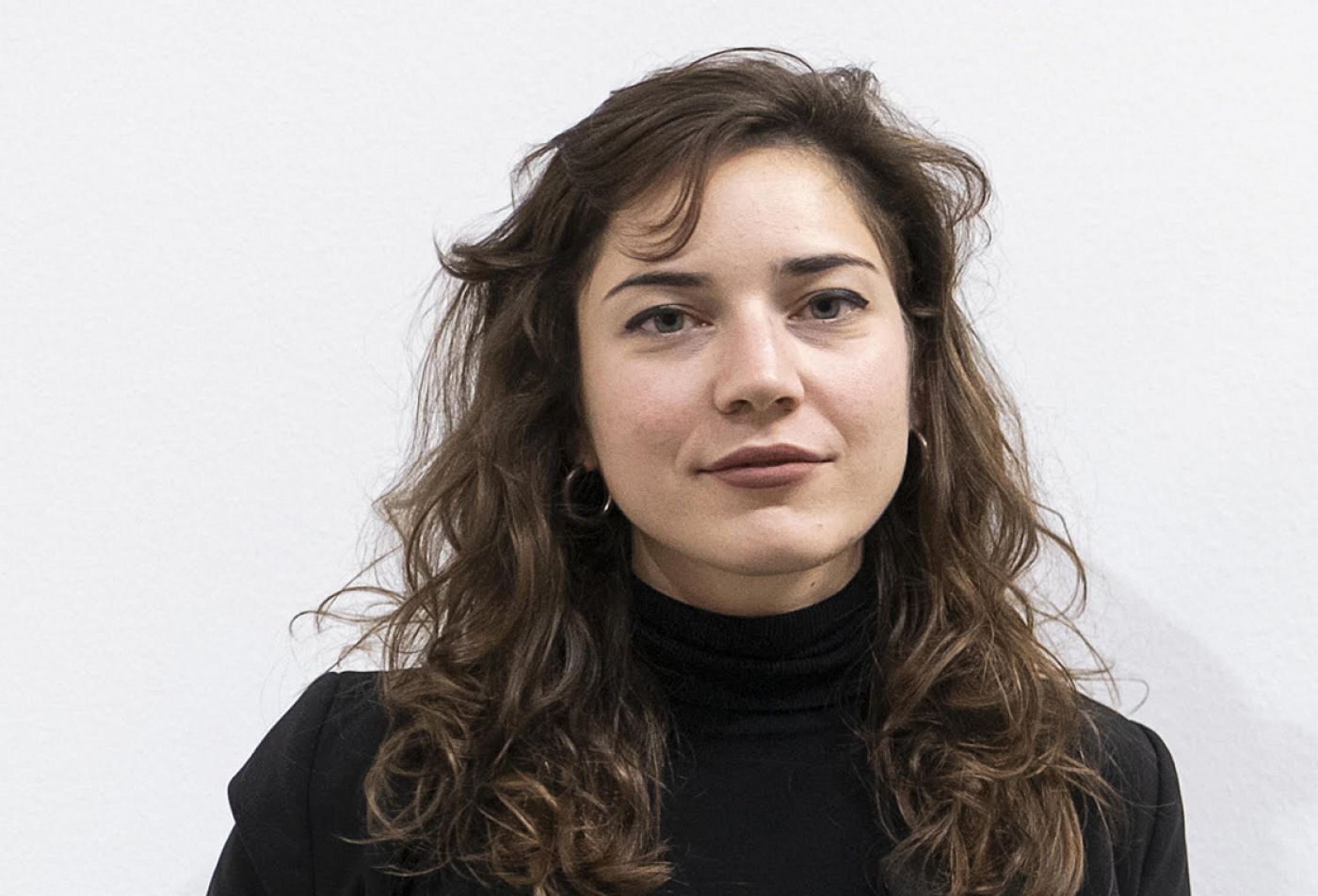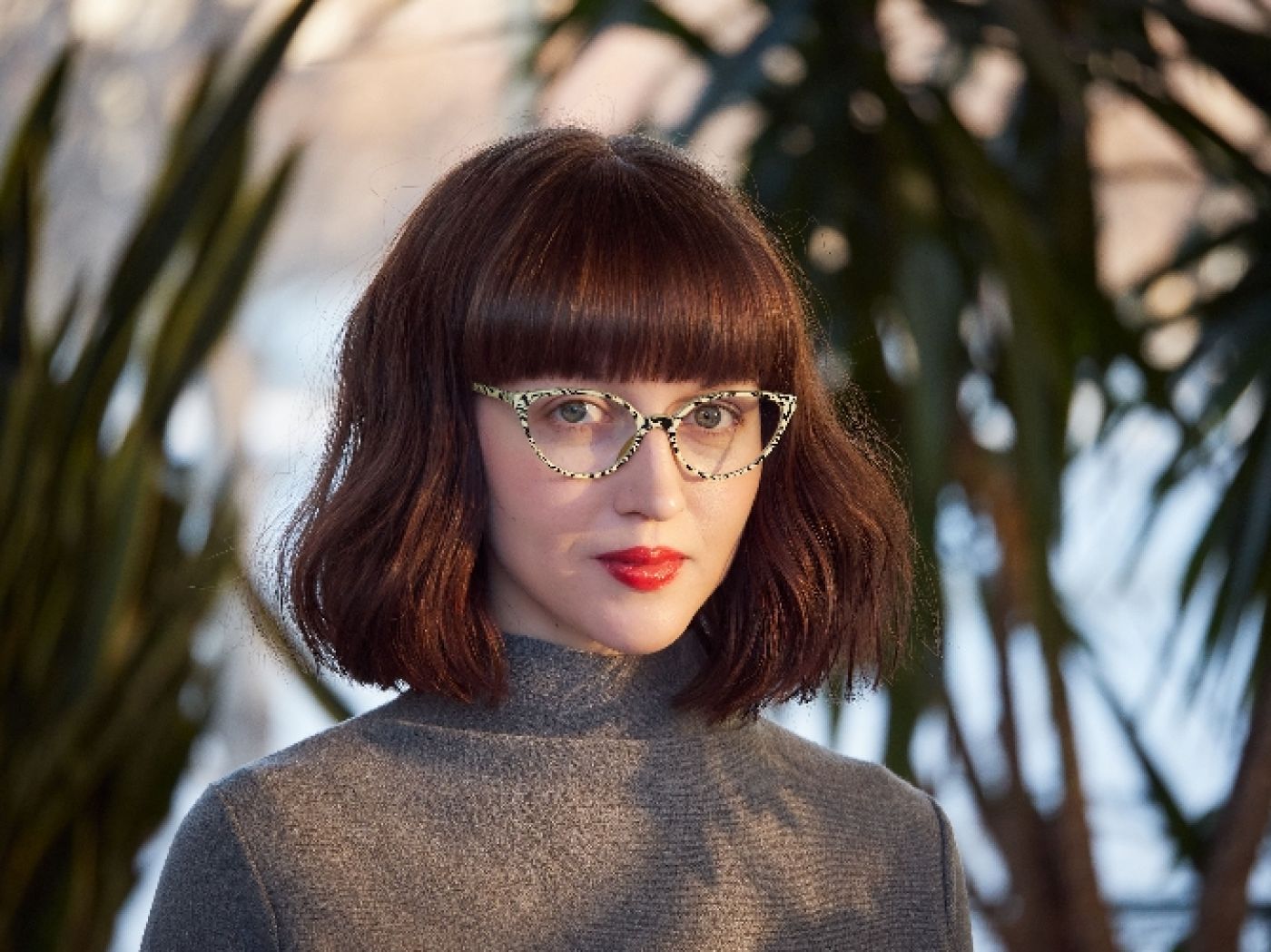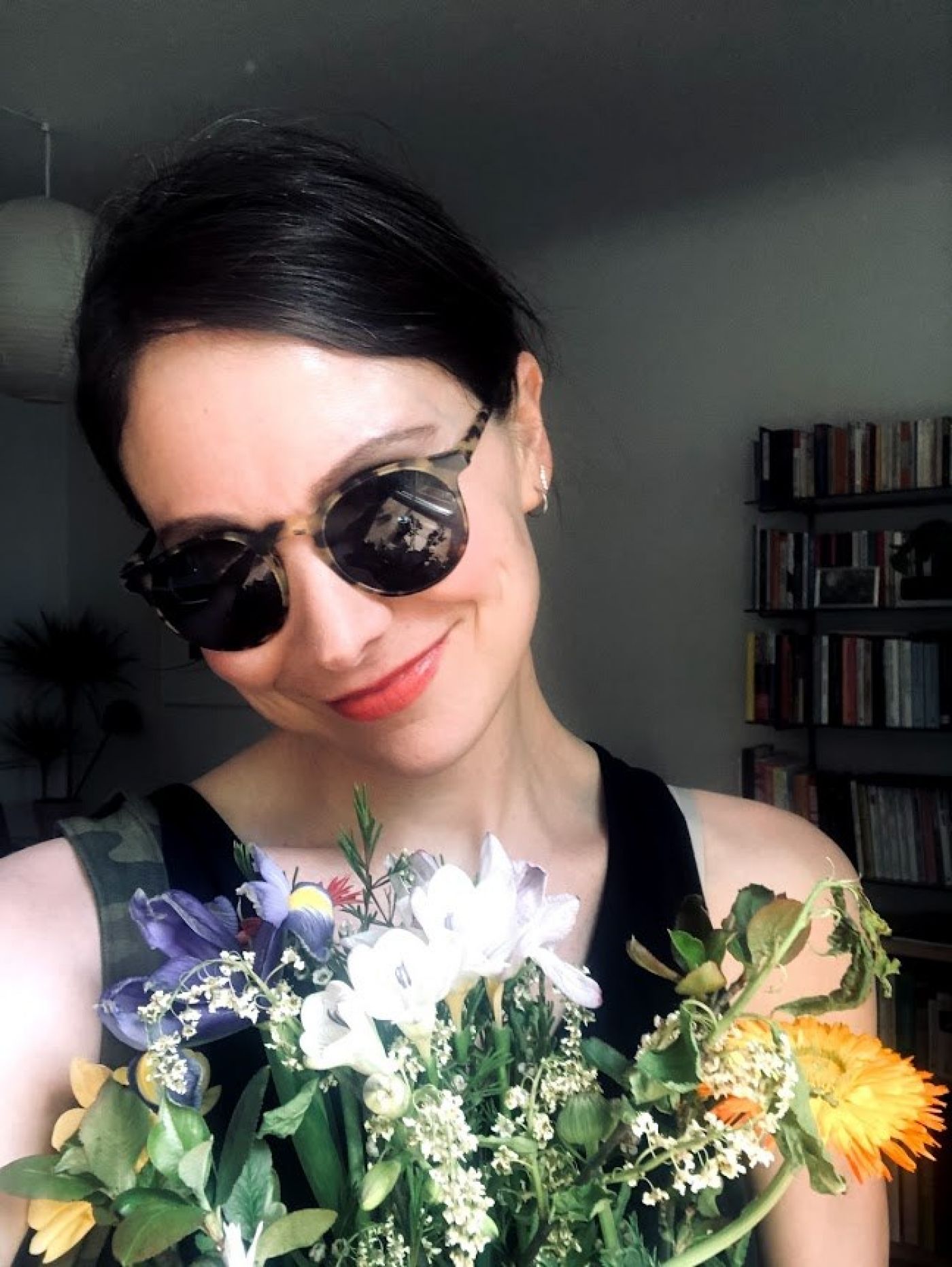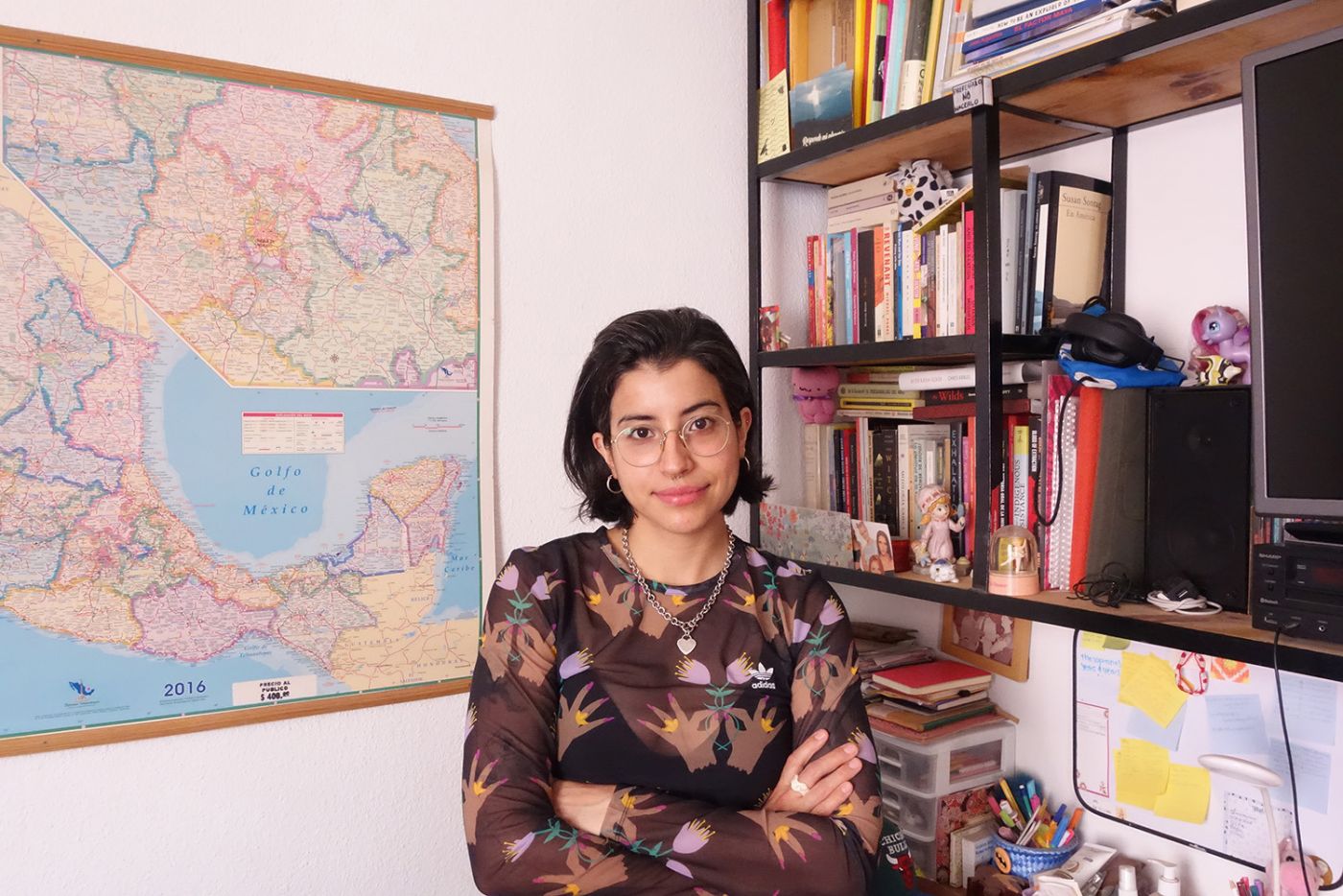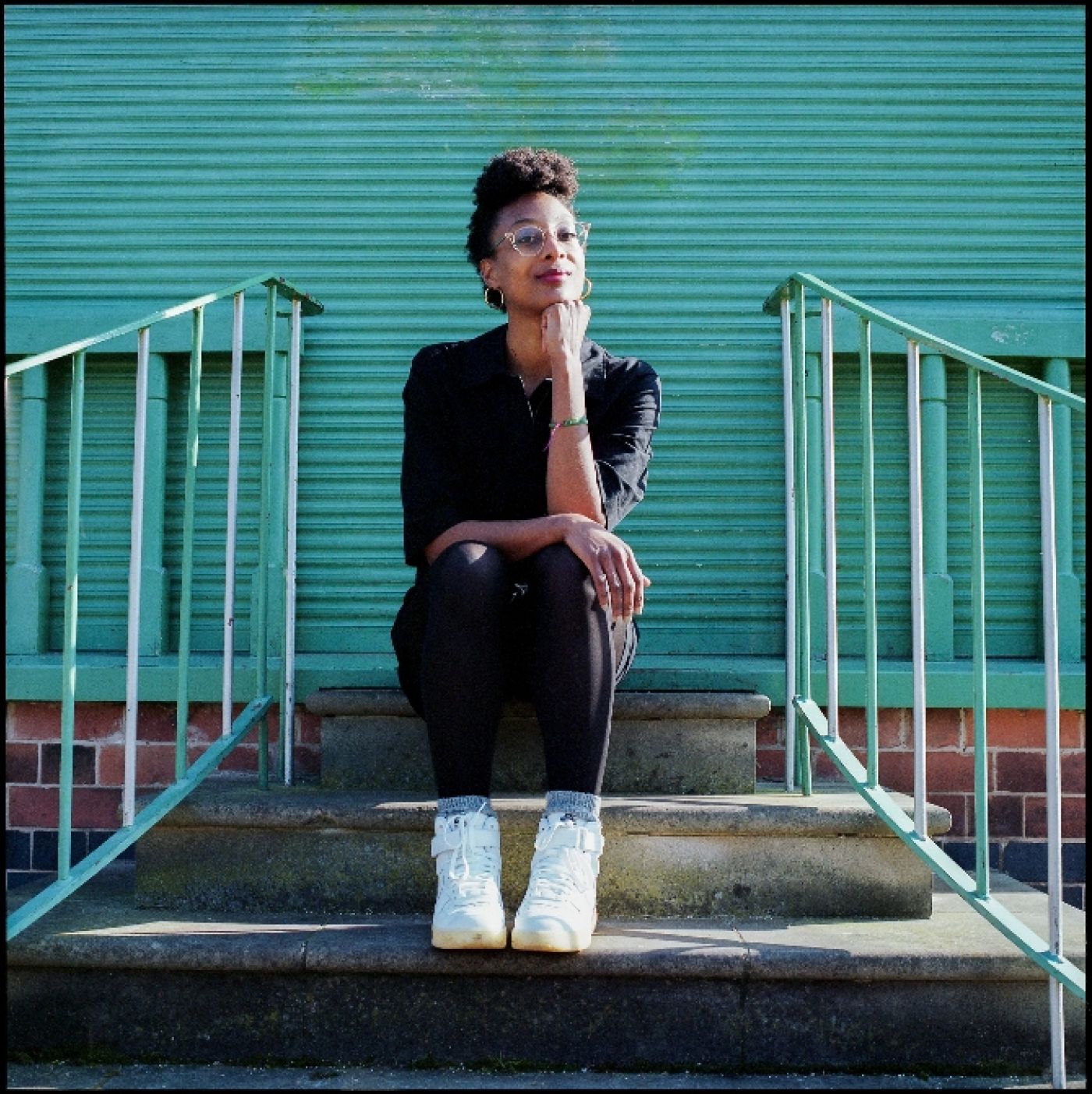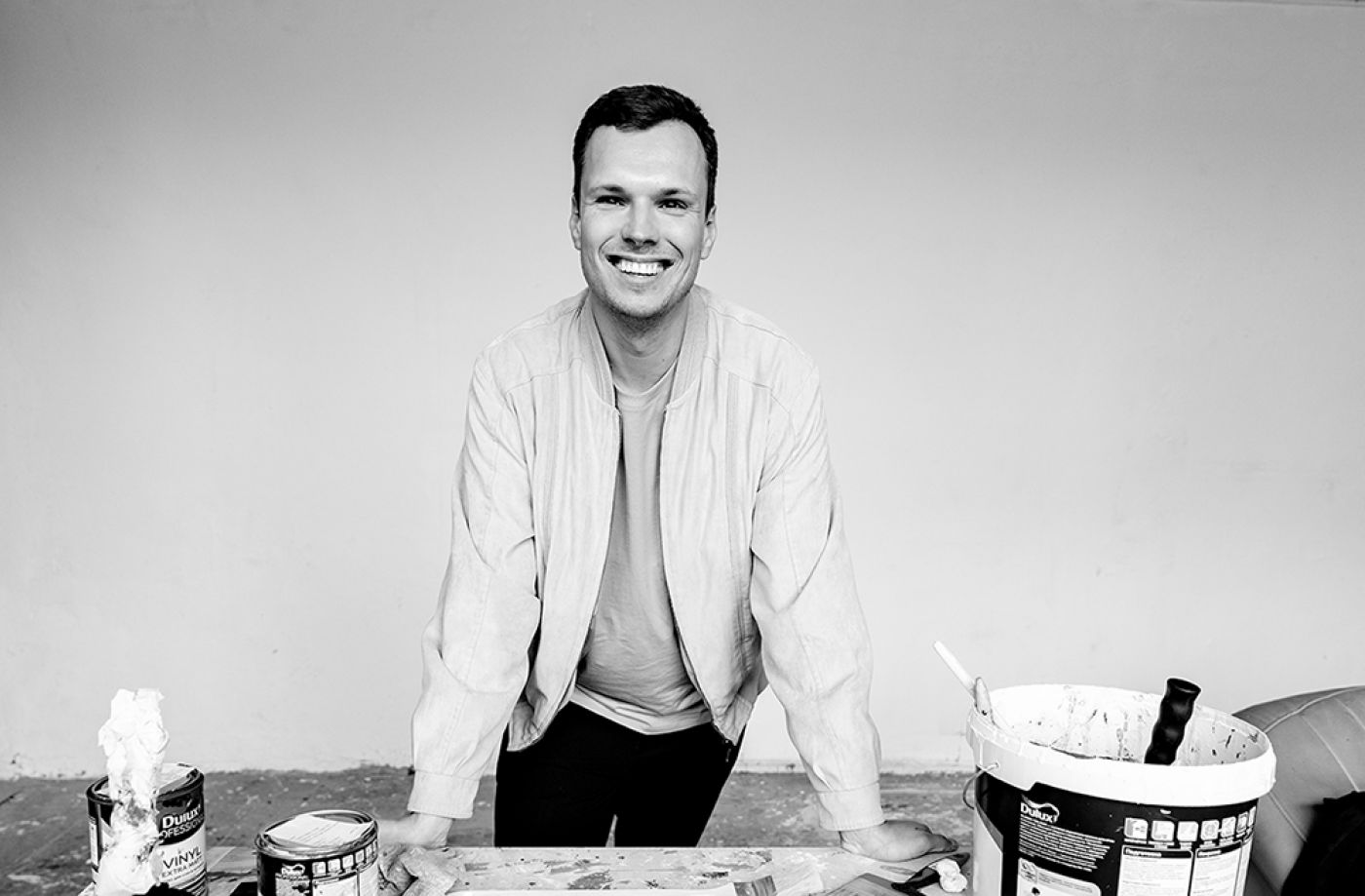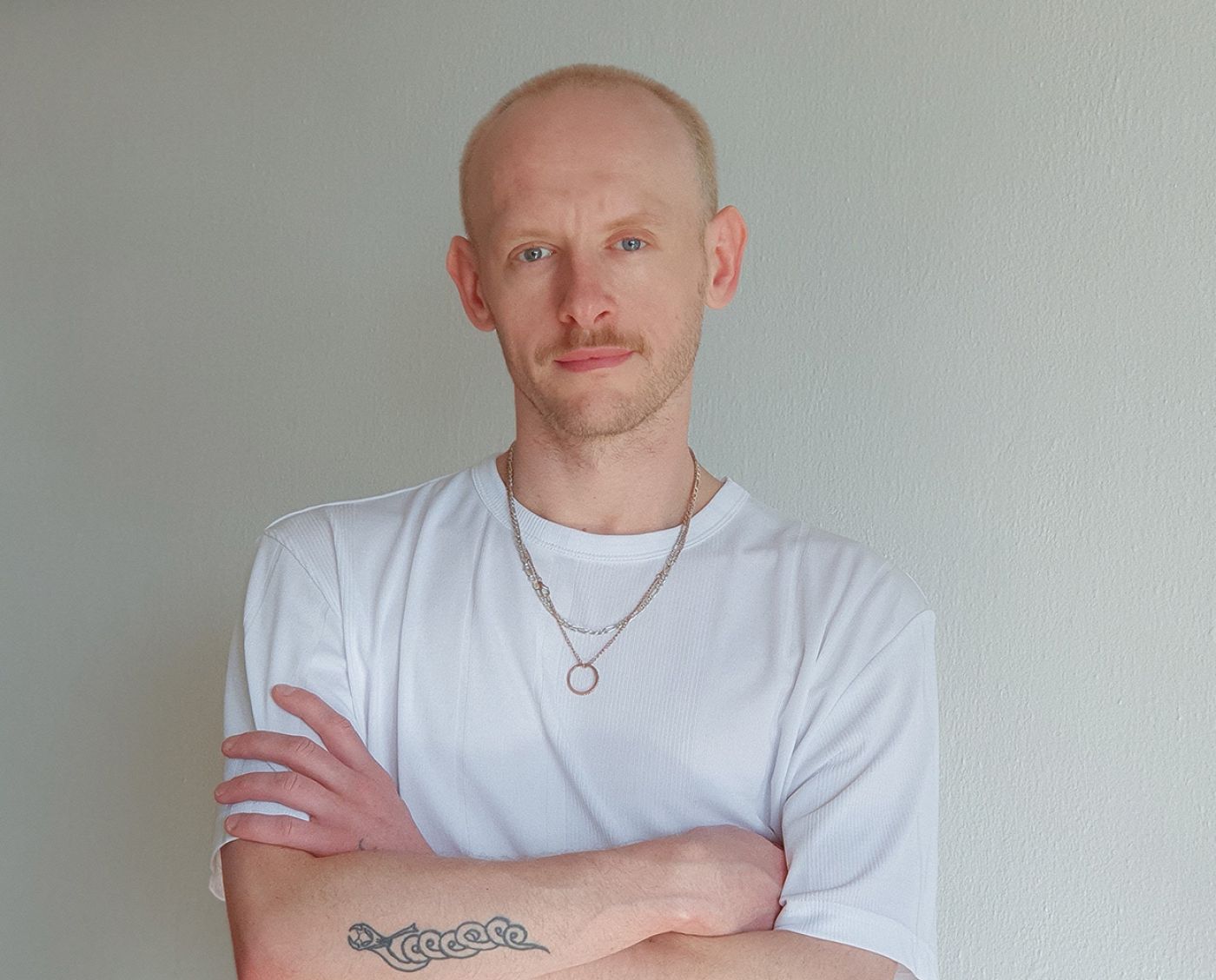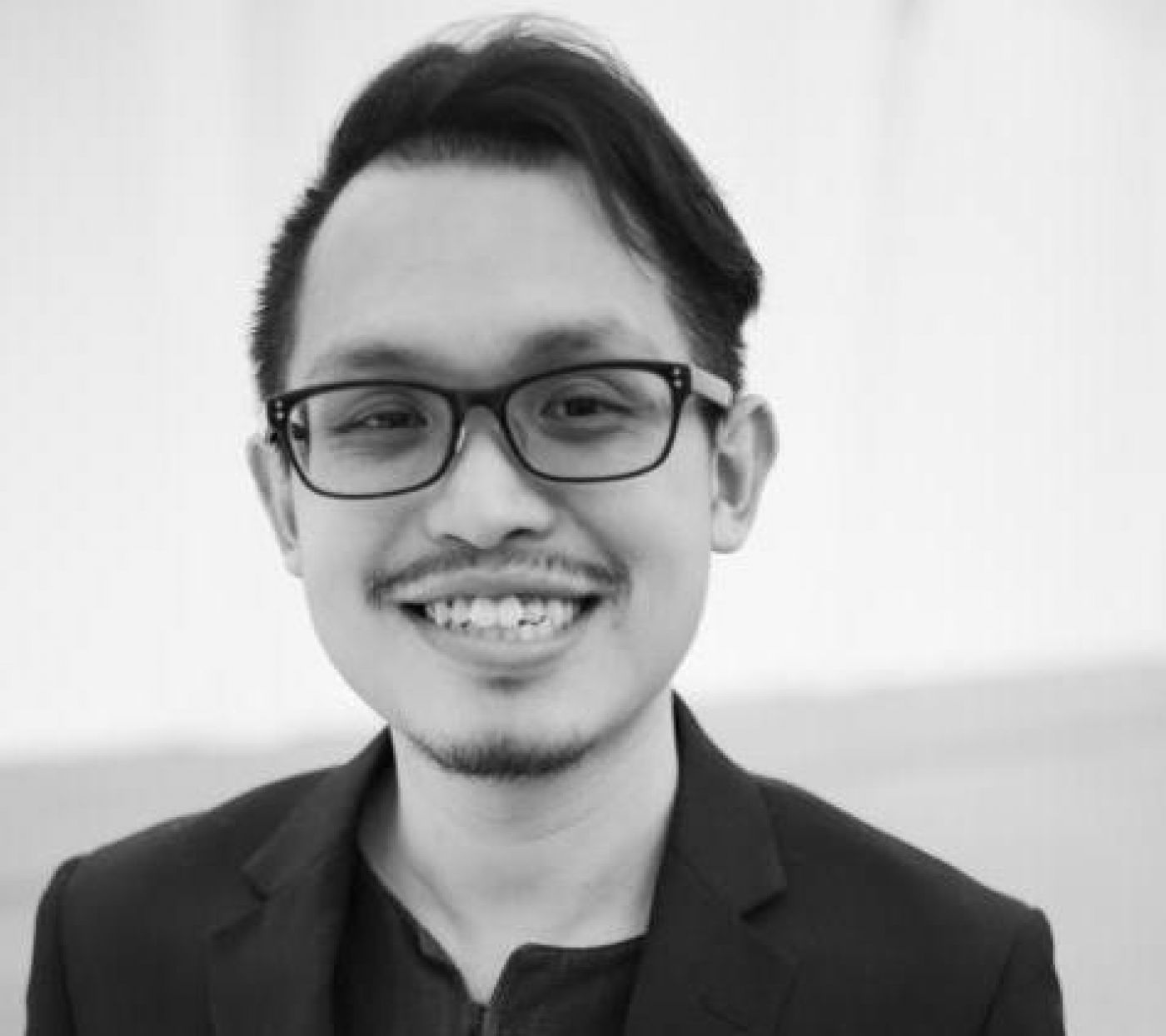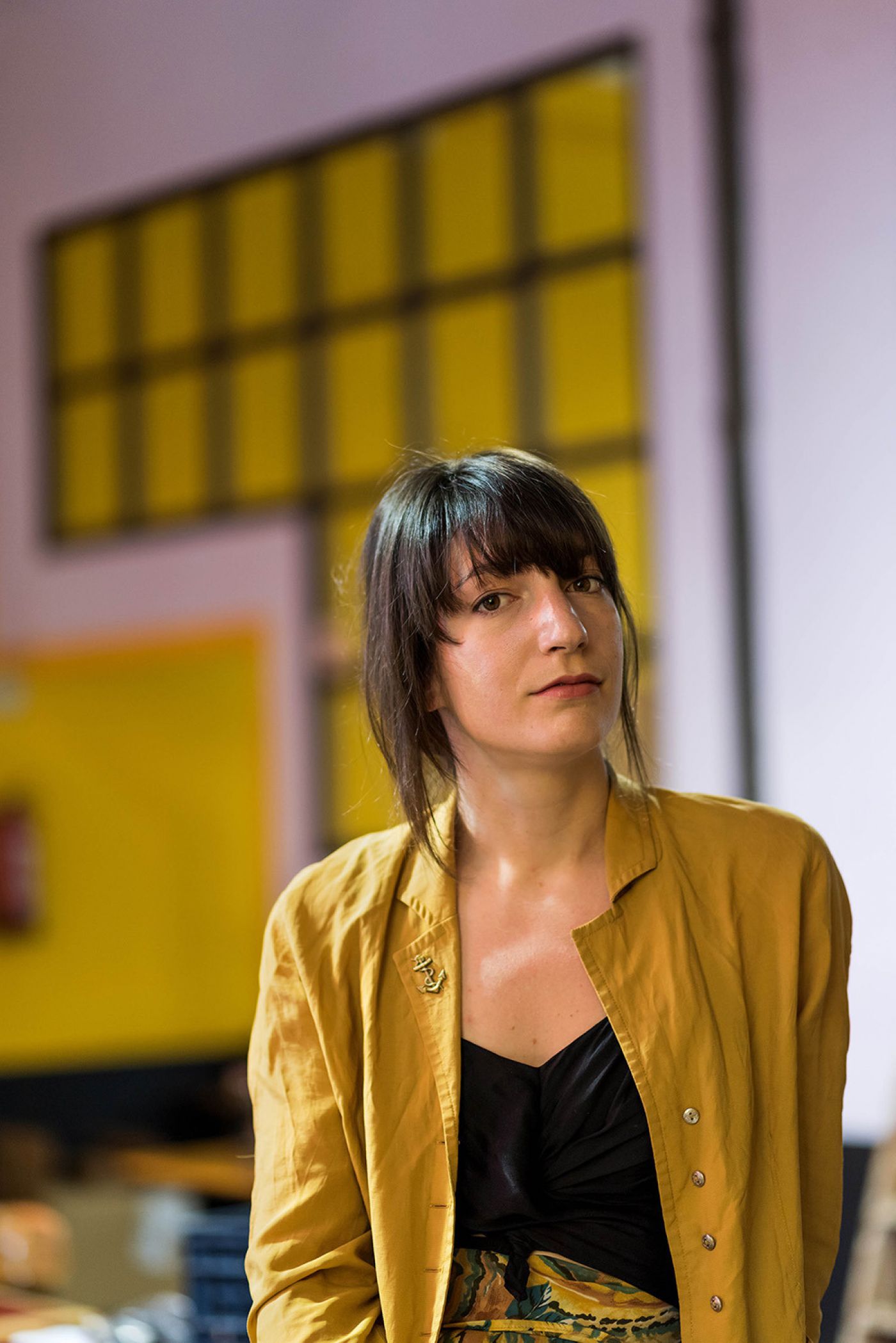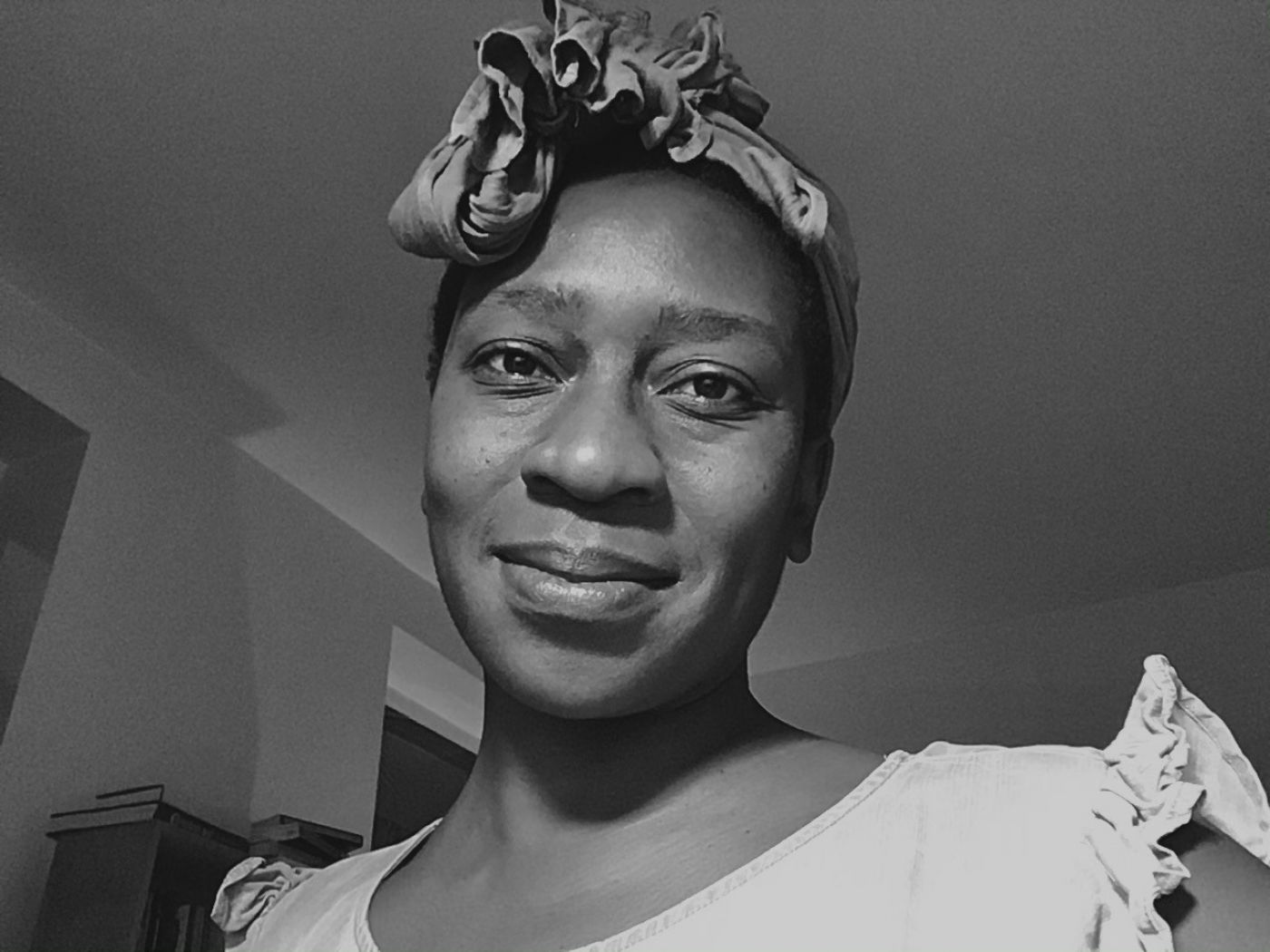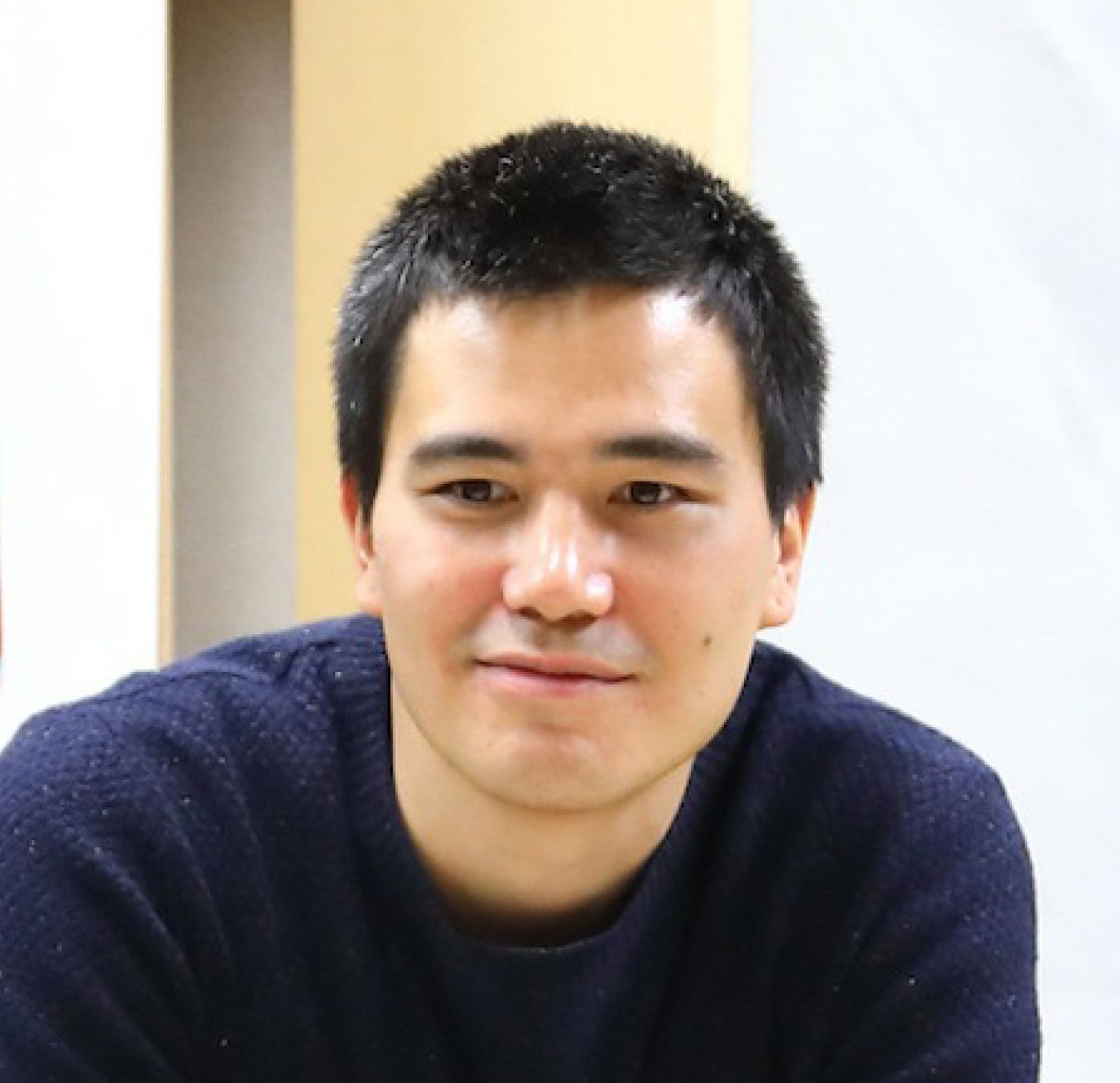Gloria Hasnay on Labour
The majority of operations within the artworld today are permeated by exploitative logics. Institutional or gallery staff, their collaborators, and associated groups and individuals are too often forced to be content with unregulated structures and symbolic rather than monetary remuneration for their work. But above all, these operations are running on the un(der)compensated labour of artists. Commonly, most artists are assumed to be able to support themselves by selling their work through galleries, which has led to bigger non-profit art spaces such as museums often relinquishing their responsibility regarding the material compensation of artists to the commercial sector. Not all artists can or want to sell their work, however, and they therefore often simultaneously labour in the adjacent fields of art handling and production or in other industries altogether. To confront and alleviate the precarious working conditions many artists often find themselves in, collective strategies and self-organised structures remain conducive alternatives. Moreover, creating or engaging with such organisational structures can also serve as a means to obtain and redistribute (not just financial) resources.
An example of one such alternative model that comes to mind is Yale Union, a non-profit exhibition, production and community space that operated in Portland, Oregon, between 2010 and 2020. Founded and run by artists, it aimed to provide different forms of support and to propose new modes of production. Exhibitions and other programmes took place at a slower pace and irregular frequency, thus being temporally detached from the supposedly usual flow of cultural production in a fast-moving art system. Operating based on and within the socioeconomic contexts of Portland, the organisation followed a critical while also self-reflexive approach to “institution making” and how it can inform artistic, curatorial, educational, political and research practises alike.
Flint Jamison, one of the co-founders, often considers his involvement in Yale Union within his own artistic practice and research. He develops his works in relation to infrastructures and dynamics that are inherent to the respective context of their production and presentation, while also reflecting upon the conditions of artistic work and modes of (re-)presentation. One example of this is a series of table sculptures he made for an exhibition at a commercial gallery in Dusseldorf in 2017. The sculptures adopted presentational elements from a previous exhibition at Yale Union and one of them displayed his publication ‘YU Contemporary VS Dept. of Revenue Oregon & Mult. Co. Assessor’ (2017), which outlines Yale Union’s activities and a legal defence, helmed by Jamison and used in court to maintain its status as a non-profit. Two further sculptures assumed practical, in addition to aesthetic, functions and, as desks, created surfaces for the workings of the gallery. The sculptures thus serve as artworks, furniture and tools to reflect upon the systemic forces at play in the artworld.
Jamison’s way of working shows a kinship with other conceptual practises, such as those of Bea Schlingelhoff and Carissa Rodriguez. Their work, including as educators, considers the reciprocal relationship between artistic practises, socioeconomic contexts and mechanisms of display. This is often extended by the process of questioning the respective exhibition site and how the roles of various kinds of institutions can be shifted and overturned through artistic gestures. What inhabits practises such as these is the exploration of the material and social conditions in which art is produced and presented, and the assumption that we have to recognise our entanglement in the unregulated structures of the artworld in order to overcome the acquiescence and reproduction of the existing conditions therein.
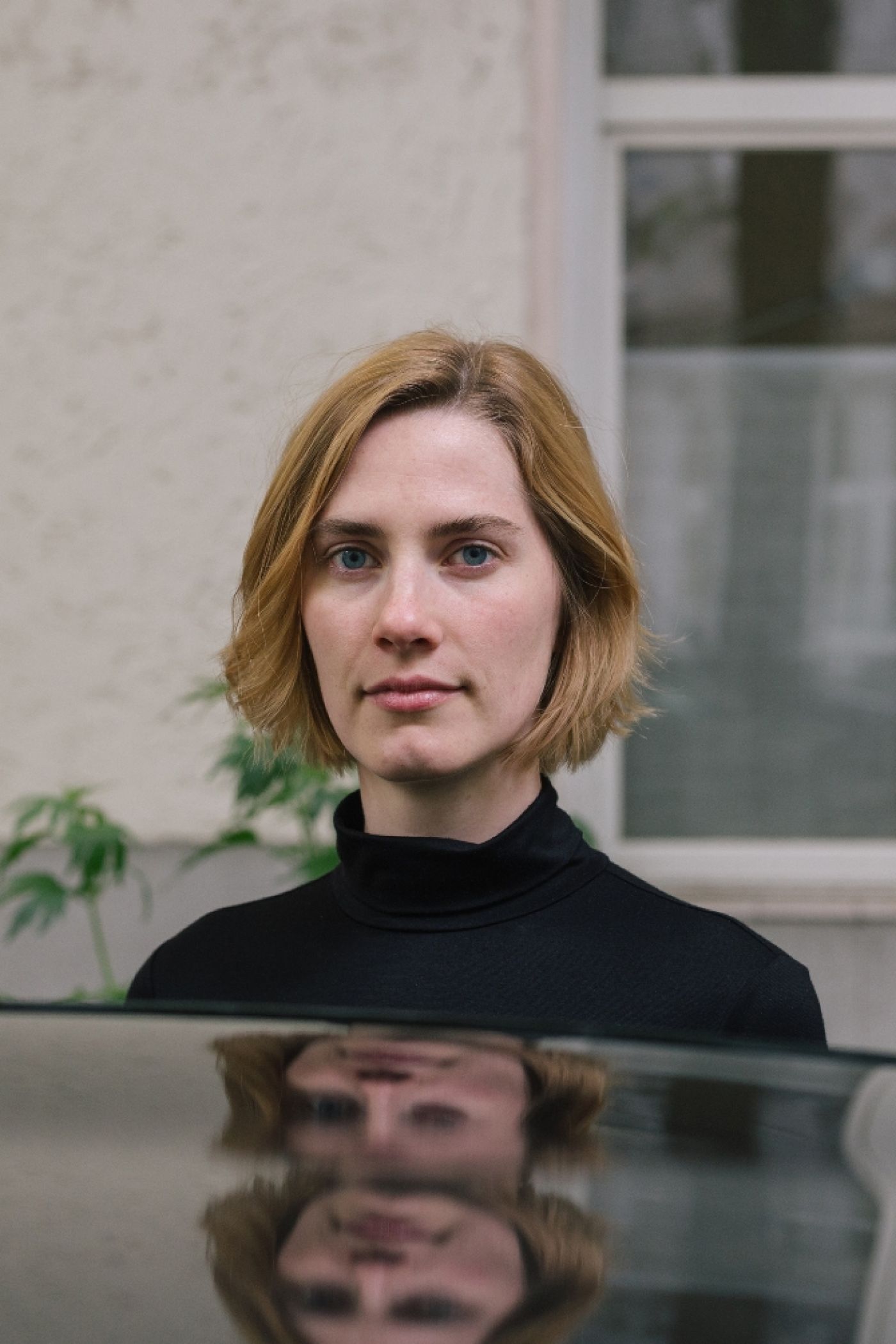
Gloria Hasnay is Curator at Kunstverein München. Recent and upcoming projects include a solo exhibition by Bea Schlingelhoff (September 2021), the solo exhibition ‘Hold’ by Patricia L. Boyd (2021), and, co-curated with Maurin Dietrich, the group exhibition ‘Not Working – Artistic production and matters of class’ (2020). Since October 2019, Hasnay has also been organising the on-site and online series ‘Schaufenster’. As freelance curator, together with Moritz Nebenführ, she previously realised the solo exhibition ‘Kempens Informatieblad’ by Jef Geys at Künstlerhaus Bremen (2019) and the group exhibition ‘ITS INTERIOR/AND A FAÇADE’ at Badischer Kunstverein (2018), among others.
